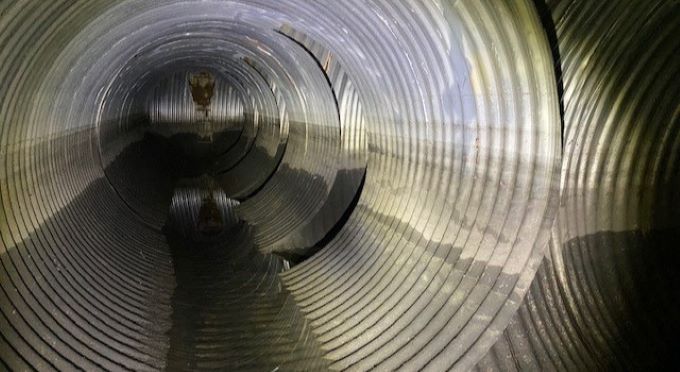Understanding Sewer Systems in the United States
By Carlie Utesch, Marketing Coordinator
Understanding Sewer Systems in the United States start with understanding underground water infrastructure vary across the United States. There are three types of underground sewers which include Sanitary Sewer System (SSS), Combined Sewer Systems (CSS) and Storm Sewer Systems, sometimes referred to as Municipal Separate Storm Sewer Systems (MS4) when owned and operated by a municipality.
Sanitary Sewer Systems carry wastewater from homes and buildings, directly to a wastewater treatment plant, to be treated to water quality standards before discharging to the receiving waterbody. In comparison, the Combined Sewer Systems carry a combination of wastewater and stormwater from streets, roofs and green spaces to the designated treatment plant.
Combined Sewer Systems are less common and typically found in large cities, though the sewers can be found all over the US. In this system, stormwater and wastewater are combined underground and all of the water is treated at the treatment plants. About 860 communities in the US utilize CSS. This method functions well normally, but there is a capacity limit of the amount of water that can be treated. During large rain events or extreme snowmelt, the excessive runoff overwhelms the treatment plant, allowing excess untreated or partially treated water to spill directly into the waterways. This can be harmful to our ecosystem and water quality.
MS4 or storm sewer systems, are utilized widely across the country. These kinds of systems are publicly owned and regulated by the Environmental Protection Agency and the National Pollutant Discharge Elimination System (NPDES). Wastewater and stormwater are kept separate, and only the wastewater is carried to treatment plants. Stormwater runoff is collected separately in another sewer system and is carried directly to the surface waters of the state. There are about 7,250 permitted MS4s ranging from large, medium to small.
Because the runoff collected by the MS4s is not treated, it is imperative to implement individual, property owned stormwater systems that offer treatment to protect our waters. The NPDES utilizes a permit system for all MS4s which includes multiple guidelines. Part of the NPDES permit is to develop a public education plan for stormwater management, which is why you may see signs about picking up pet waste or not dumping pollutants into storm drains. Other guidelines as a part of the permit process include illicit discharge detection and elimination, construction and post-construction site runoff plans, and pollution prevention plans.
The NPDES permit also gives states and local municipalities the authority to inspect private stormwater systems and give notices of violation. While federal regulations related to stormwater are set by the EPA, more stringent regulations can be set at the state and local levels. Resulting in varied levels of stormwater regulations across the United States.
Stormwater in an MS4 must be treated before it reaches the rivers, lakes or other receiving water bodies. This is done with stormwater quality systems and Best Management Practices (BMP). Stormwater quality systems describe the connected system of BMPs on a property. BMPs are used nationwide, in communities with combined sewers and MS4s. These assets have two main functions, to store runoff or treat it before it continues downstream. BMPs often utilize sand or root systems to improve water quality by filtering suspended solids from stormwater. BMPs can also act as storage areas to reduce strain on the sewer systems.
It is most common to find CSS and MS4s working together in large cities. As urban areas have become more densely populated, new infrastructure has been implemented to work in tandem with existing systems. For example, the New York City sewer system is about 60% combined and 40% MS4.
Understanding stormwater treatment is the first step to complying with national, regional and local stormwater regulations. Schedule a free consultation with a local AQUALIS representative to learn more about stormwater and wastewater management and compliance in your area.
